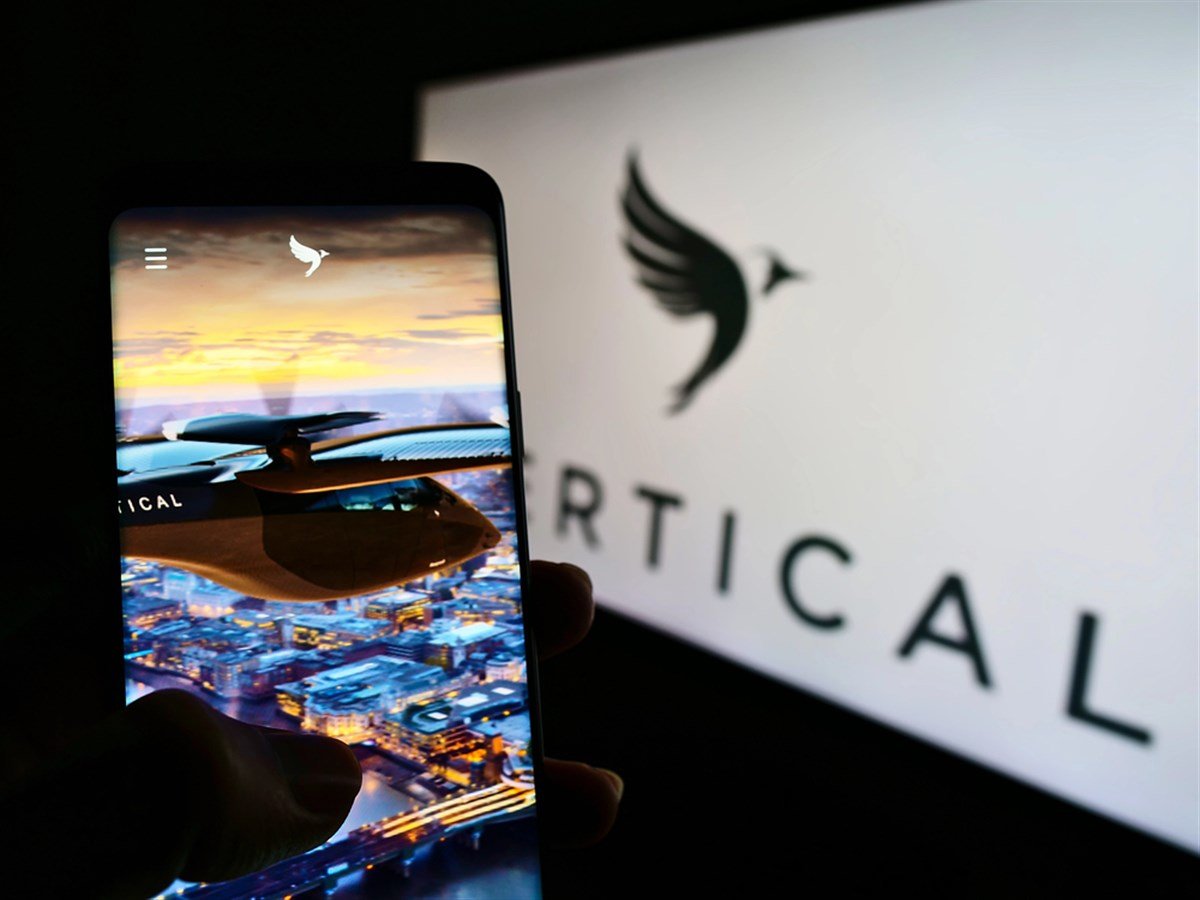|
|
|

|
|||||

|
|

The race to bring electric air taxis to market is entering a new, more critical phase. For years, the focus has been on a simple question: "Can the aircraft fly?" But as the technology matures, investors in the aerospace sector are shifting focus to commercialization and profitability.
For Vertical Aerospace (NYSE: EVTL), the final test of that question is now underway. The company has officially commenced its Phase 4 - Transition flight tests, the last major engineering proof point of 2025. A successful outcome will provide the definitive validation of its VX4 aircraft's core technology, shifting the investment focus from technical possibility to the speed and efficiency of its powerful commercial rollout strategy.
The transition flight is arguably the most challenging and important milestone in the development of a winged, tiltrotor eVTOL aircraft. It is the culmination of a multi-phase test program that has already seen the VX4 successfully demonstrate piloted thrustborne flight (hovering like a helicopter) and wing-borne flight (flying like a conventional airplane).
This final phase is the moment where the aircraft must prove its defining capability: seamlessly and safely shifting between these two modes of flight.
The maneuver itself lasts only about 20 seconds, but it is the key that proves the fundamental concept of the aircraft works as intended in a real-world, piloted scenario.
For investors, the significance of this test cannot be overstated.
Completing this phase provides the definitive engineering proof point for the VX4 platform, giving regulators, customers, and investors confidence that the product is viable.
With this final technical hurdle cleared, the company's superior business model will take center stage. Management has described the campaign as a matter of weeks, not months, putting a huge, near-term catalyst on the immediate horizon.
Once the VX4's technical viability has been proven, the profound strategic differences between Vertical's commercialization plan and others in the sector will come into focus. The company is pursuing a pure-play Original Equipment Manufacturer (OEM) model, a picks and shovels strategy for the emerging eVTOL industry.
Rather than taking on the monumental task of becoming an airline, Vertical is positioning itself as the Boeing (NYSE: BA) or Airbus (OTCMKTS: EADSF) of the developing sector, focused exclusively on designing, certifying, and manufacturing aircraft to sell to existing experts. The VX4 will be sold to blue-chip customers such as American Airlines (NASDAQ: AAL), world-leading lessors like Avolon, and specialized helicopter operators like Bristow (NYSE: VTOL).
In contrast, vertically integrated competitors must simultaneously certify novel aircraft and build entire airline operations—a high-cost, complex undertaking. This strategic difference allows Vertical to deploy capital more efficiently. At its recent Capital Markets Day, the company projected a net cost of approximately $700 million for certification, a fraction of the multi-billion-dollar sums spent by some others in the sector, demonstrating a more disciplined and less dilutive path to market.
Vertical's capital-efficient OEM model isn't just about saving money; it's a strategy designed to achieve commercial scale and profitability faster and more broadly than a vertically integrated model could. This is where the potential to leapfrog the competition comes into play.
The successful completion of the transition flight will be the catalyst that validates the aircraft at the heart of this entire strategy. It will allow the market to shift its focus from the technical risks of a prototype to the compelling economics of Vertical's faster-scaling and more capital-efficient business model.
With a market capitalization hovering under $400 million and a consensus analyst price target exceeding $10, the market has not yet fully priced in the potential for this leapfrog strategy. A successful flight could be the event that forces investors to recognize that in the eVTOL race, the winner may not be the one that builds an airline, but the one that empowers it to take off vertically.
Before you make your next trade, you'll want to hear this.
MarketBeat keeps track of Wall Street's top-rated and best performing research analysts and the stocks they recommend to their clients on a daily basis.
Our team has identified the five stocks that top analysts are quietly whispering to their clients to buy now before the broader market catches on... and none of the big name stocks were on the list.
They believe these five stocks are the five best companies for investors to buy now...
The article "Why a 20-Second Flight Test Could Unlock Billions for Vertical" first appeared on MarketBeat.
| 4 hours | |
| 7 hours | |
| 7 hours | |
| 7 hours | |
| 8 hours | |
| 9 hours |
Stock Market Today: Dow Falls, Nvidia Pops On China Chip Hopes; AI Stocks Test Entries (Live Coverage)
BA
Investor's Business Daily
|
| 9 hours |
Boeing finalizes $4.7B acquisition of key 737 Max supplier Spirit AeroSystems
BA
Associated Press Finance
|
| 9 hours | |
| 11 hours | |
| 11 hours | |
| 12 hours | |
| 13 hours | |
| 15 hours | |
| 15 hours | |
| 15 hours |
Join thousands of traders who make more informed decisions with our premium features. Real-time quotes, advanced visualizations, backtesting, and much more.
Learn more about FINVIZ*Elite